Spinach Profile
Written by Joy
Nov 06 2020

Spinach belongs to the genus Chenopodiaceae, an annual herb. Plants can reach up to 1 meter in height, with conical roots, reddish, less white, halberd-shaped to ovate, bright green, whole or with a few tooth-like lobes. There are many kinds of spinach, which can be divided into thorny and non-thorny varieties according to the seed form.
Spinach morphological characteristicsSpinach growth habit and growing environment and distributionTemperatureSunshineMoistureSoilSpinach efficacy and roleEdible value of spinachThe medical value of spinachSpinach cultivationSowing timeSowing seedlingsField management
Spinach is native to Iran and is commonly cultivated in China. It is one of the most common vegetables.
Spinach morphological characteristics
Spinach is up to 1 meter high and has no flour. The root is conical, reddish, and less white. The stem is upright, hollow, fragile and juicy, unbranched or has a few branches. Halberd-shaped to ovate, bright green, tender and juicy, slightly shiny, with a few tooth-like lobes all over. The male flowers are integrated into spherical clusters of cymes and then arranged into intermittent spike-like panicles on the upper part of branches and stems. Tepals of spinach are usually 4, filiform, flat, and anthers without appendages. The female flower clusters of spinach are gathered in the leaf axils; the bracteoles are slightly flattened on both sides, with 2 small teeth remaining on the top, and usually with 1 spinous appendage on the back. Its ovary is spherical, with 4 or 5 stigmas, extending outward. The utricle is ovoid or nearly round, about 2.5 mm in diameter, flat on both sides.Spinach growth habit and growing environment and distribution
Temperature
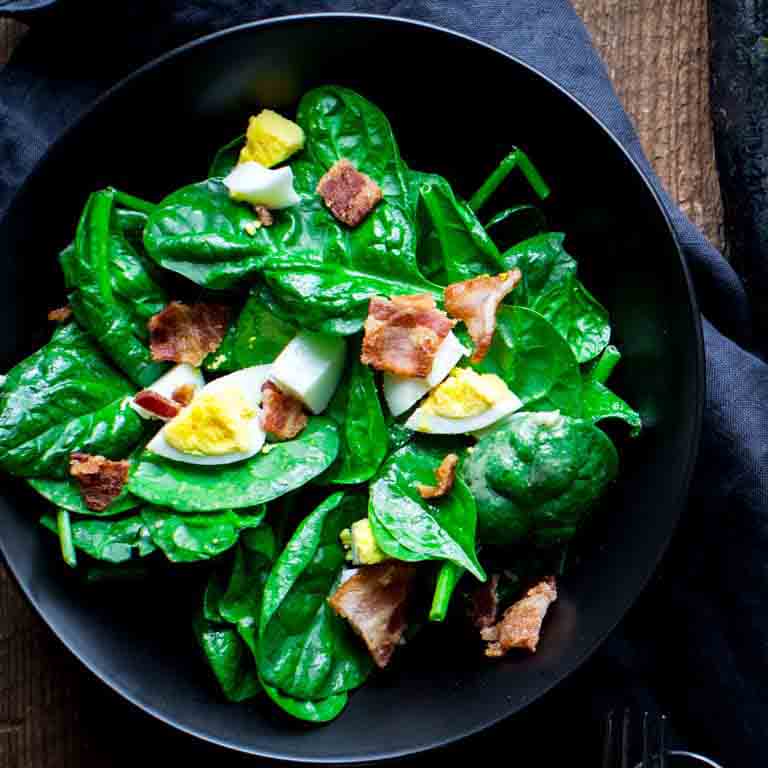
Sunshine
Spinach is a long-day crop. Under the conditions of high temperature and long day, the plant is easy to bolt and bloom and does not require strict sunshine intensity. It can be intercropped with high-stalk crops.Moisture
Spinach has a large leaf area, soft tissue, and high water requirements. The water is sufficient, the flesh is thick when growing vigorously, the yield is high, and the quality is good. Under the conditions of high temperature, long sun and drought, vegetative growth is inhibited, reproductive growth is accelerated, and immature bolting is easy.Soil
Spinach has strong adaptability to the soil, but it is better to retain water and fertility in fertile soil. Spinach is not acid-tolerant and the suitable pH is 7.3-8.2. Spinach is a leafy vegetable that requires more nitrogen fertilizer and appropriate phosphorus and potassium fertilizers.Spinach is now found in all corners of the world and is widely cultivated throughout China.
Spinach efficacy and role
Edible value of spinach
Spinach is rich in carotenoids, vitamin C, vitamin K, minerals (calcium, iron, etc.), coenzyme Q10 and other nutrients.How to eat
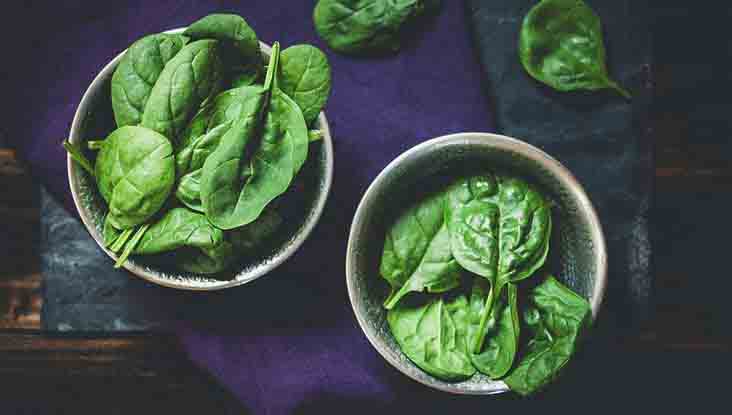
Common practices include chicken wings golden needle spinach soup, pork liver and wolfberry spinach soup, spinach and pork liver fried rice, spinach porridge, spinach pie with eggs, spinach nest eggs and so on.
people suitable
1. Suitable for food: hemorrhoids, blood in the stool, habitual constipation, scurvy, hypertension, anemia, diabetes, night blindness, and those with rough skin, allergies and loose skin are suitable for consumption.
2. Stop eating: People who suffer from urinary tract stones, gastrointestinal deficiency and cold, loose stools, weak spleen and stomach, weak kidney function, nephritis and kidney stones should not eat too much or avoid eating.
Contraindications
(1) It is not suitable to eat with cucumber and tofu. There will be vitamin C decomposing enzymes in cucumber, which will destroy the vitamin C in pineapple. In addition, the combination of oxalic acid and calcium in the human body is most likely to form kidney stones or bladder stones. If some calcium content is appropriately increased in the food, the formation of stones can be prevented. It is best to combine spinach with calcium-rich sardines or milk, Carrots, citrus, etc. are eaten together.
(2) The cooking time should not be too long, because vitamin C is easily oxidized when heated.
(3) The inorganic iron contained in spinach is an important component of hemoglobin and myoglobin. To better absorb the inorganic iron of spinach, it is also necessary to eat more high-protein foods when eating spinach.
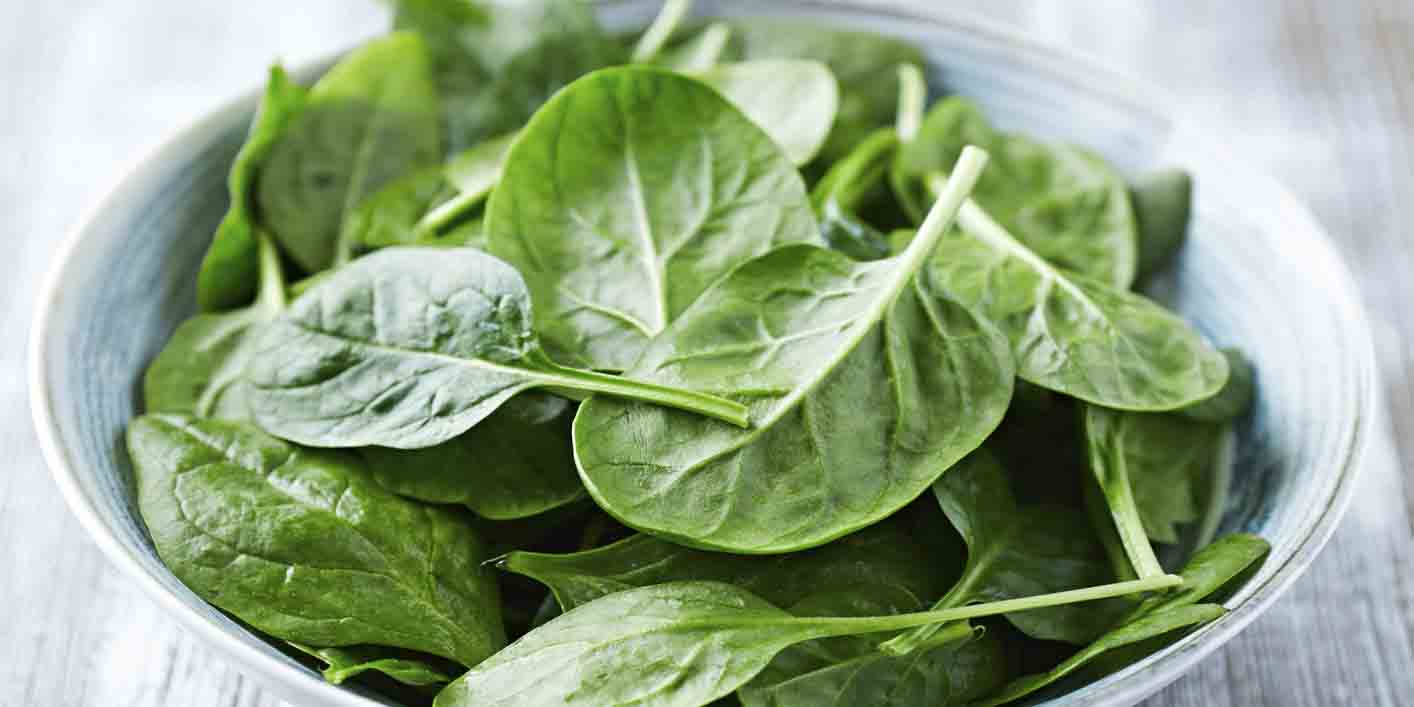
The medical value of spinach
1. Intestines and stools, prevent hemorrhoidsSpinach contains a lot of plant crude fiber, which has the effect of promoting intestinal peristalsis, which is conducive to defecation and can promote pancreatic secretion and help digestion. It has a therapeutic effect on hemorrhoids, chronic pancreatitis, constipation, anal fissure and other diseases.
2. Promote growth and development, enhance disease resistance
The carotene contained in spinach is converted into vitamin A in the human body, which can maintain normal vision and the health of epithelial cells, increase the ability to prevent infectious diseases, and promote the growth and development of children.
3. Guarantee nutrition and improve health
Spinach is rich in carotene, vitamin C, calcium, phosphorus, and a certain amount of iron, vitamin E, rut II, coenzyme Q10 and other beneficial ingredients, which can supply a variety of nutrients to the human body; its iron content is good for iron deficiency Sexual anemia has a better adjuvant treatment effect.
4. Promote human metabolism and delay aging
The fluorine-containing oligodol, 6-hydroxymethyl pheromone and trace elements in spinach can promote the body's metabolism and improve health. Eating large amounts of spinach can reduce the risk of stroke.
5. Clean skin, anti-aging
Spinach extract has the effect of promoting the proliferation of cultured cells, anti-aging and enhancing youthful vitality. In Chinese folks, spinach is smashed for juice, and the face is washed several times a week. Using it continuously for a period of time can clean skin pores, reduce wrinkles and pigment spots, and keep skin smooth and clean.
6, blood
The protein quality of spinach is higher than other vegetables, and it contains a lot of chlorophyll, especially vitamin K, which is the highest among leafy vegetables. It can be used for the adjuvant treatment of epistaxis and intestinal bleeding. The principle of spinach to replenish blood is related to its rich carotenoids and ascorbic acid, both of which have important effects on health and blood replenishment.
7. Protect blood pressure
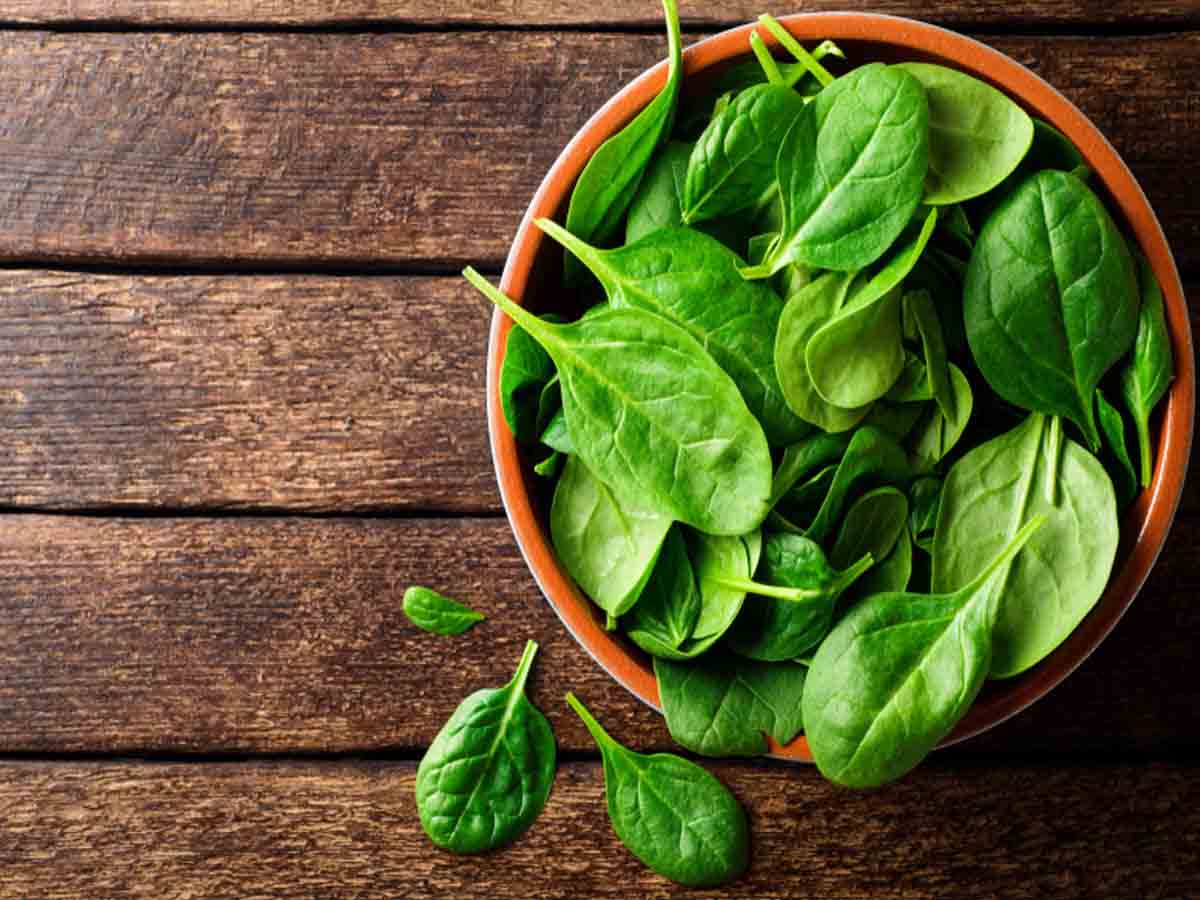
Spinach cultivation
Sowing time
Spring spinach can be sown when the temperature rises above 5°C after the beginning of spring. March is a suitable time for planting. Summer spinach is planted in stages from May to July, autumn spinach is planted from August to September, and winter spinach is planted in mid-October. Sowing in early November.Sowing seedlings
The spinach field is generally broadcasted. For summer and autumn sowing, one week before sowing, the seeds are soaked in water for 12 hours, then placed in a well or in a refrigerator or freezer at about 4℃ for 24 hours, and then germinated at 20~25℃ for 3~5 days Sow after germination. Dry or wet spinach seeds can be sown in winter and spring.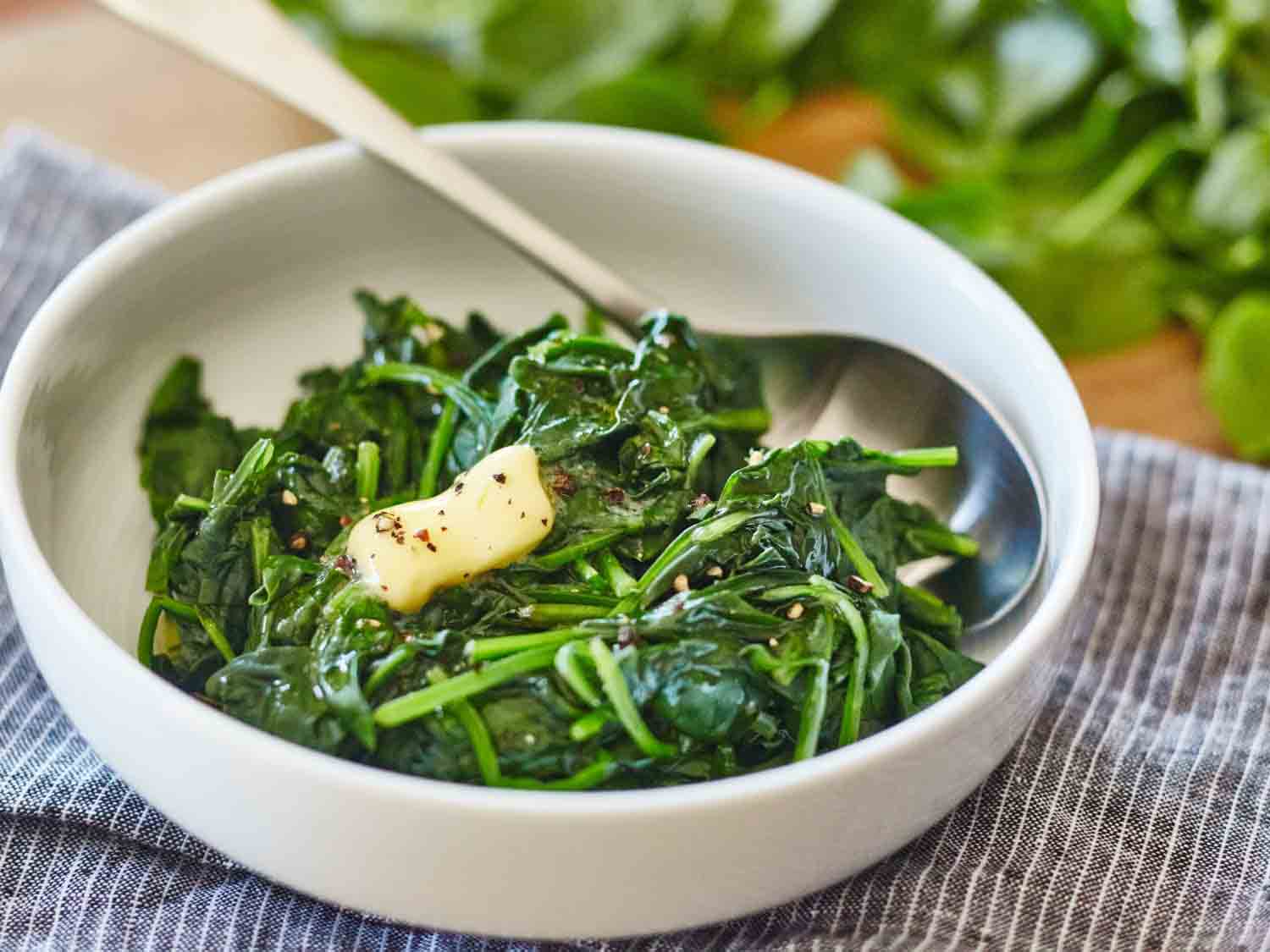
Field management
After the true leaves of autumn spinach emerge, pour clean manure water once; after 2 true leaves, combine thinning, weeding, the top dressing is first light and then thick, and more decomposed manure is applied in the early stage; top dressing is 2 to 3 times per mu during the peak growth period. Urea is 5-10 kg.Keep the soil moist after winter spinach is planted. When there are 3 to 4 true leaves, water should be properly controlled to facilitate overwintering. When there are 2 to 3 true leaves, the seedling distance is 3 to 4 cm. Topdressing water and fertilizer according to seedling conditions and weather, mainly decomposed human feces and urine. In frost and icy weather, it should be covered with plastic film and shade net for heat preservation, and can be covered by a small arch. After the beginning of spring, choose sunny days to topdress decomposed light manure water to prevent early bolting.
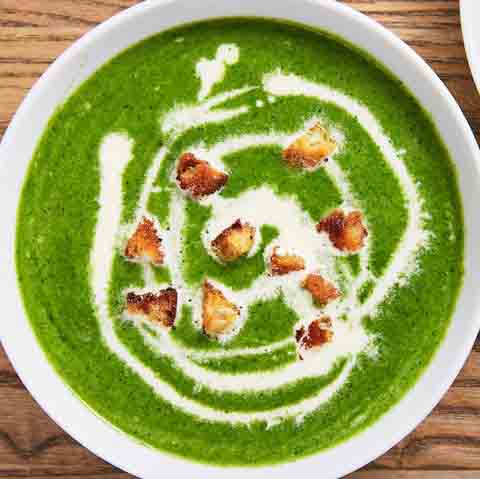
After the summer spinach emerges, it is still necessary to cover the sunshade net. Watering in the seedling stage should be done in the morning or evening with small water and frequent watering. After 2 to 3 true leaves, topdressing quick-acting nitrogen fertilizer twice. Water should be watered after each fertilization to promote growth.
Latest Updated
- Benefits of Bugleweed - 7 Science-backed Health Benefits
- Bugleweed Dangers & Side Effects - Is It Poisonous?
- How to Plant Evergreen Trees - What You Should Know
- When to Plant Evergreens - Grow Guide for Evergreen Trees
- 12 Wonderful Evergreen Shrubs for Your Garden
- 12 Popular Evergreen Plants with Pictures for Beginners
- When And How To Prune A Lilac Bush Like a Pro
- How to Grow & Care for Lilac Vine (Hardenbergia Violacea)
- Japanese Lilac Tree (Syringa Reticulata) Care & Propagation Guide
- Shumard Oak Pros and Cons - What to Know
Popular Articles
- Winter maintenance of Antirrhinum Majus
- How to Grow Terminalia Mantaly Tree
- How to Grow and Care for Crossostephium Chinense
- How to grow Antirrhinum Majus in spring
- Peristeria Elata (Dove Orchid) Profile: Info & Care Guide
- Underwatered Snake Plant (Sansevieria Trifasciata) - Signs And How To Fix
- How to Care for Brazilian Jasmine Plant (Mandevilla Sanderi)
- How to Grow & Care for Graptopetalum Purple Delight in Summer
- Rosa Chinensis (China Rose): Plant Growing & Care Tips
- How to Care for Baby Sun Rose (Aptenia Cordifolia)